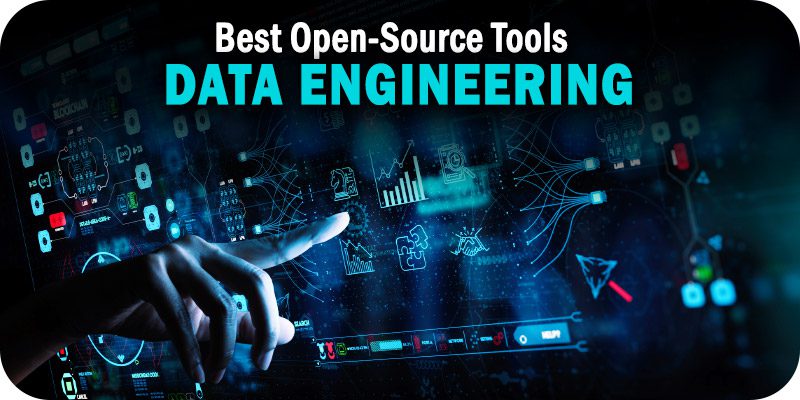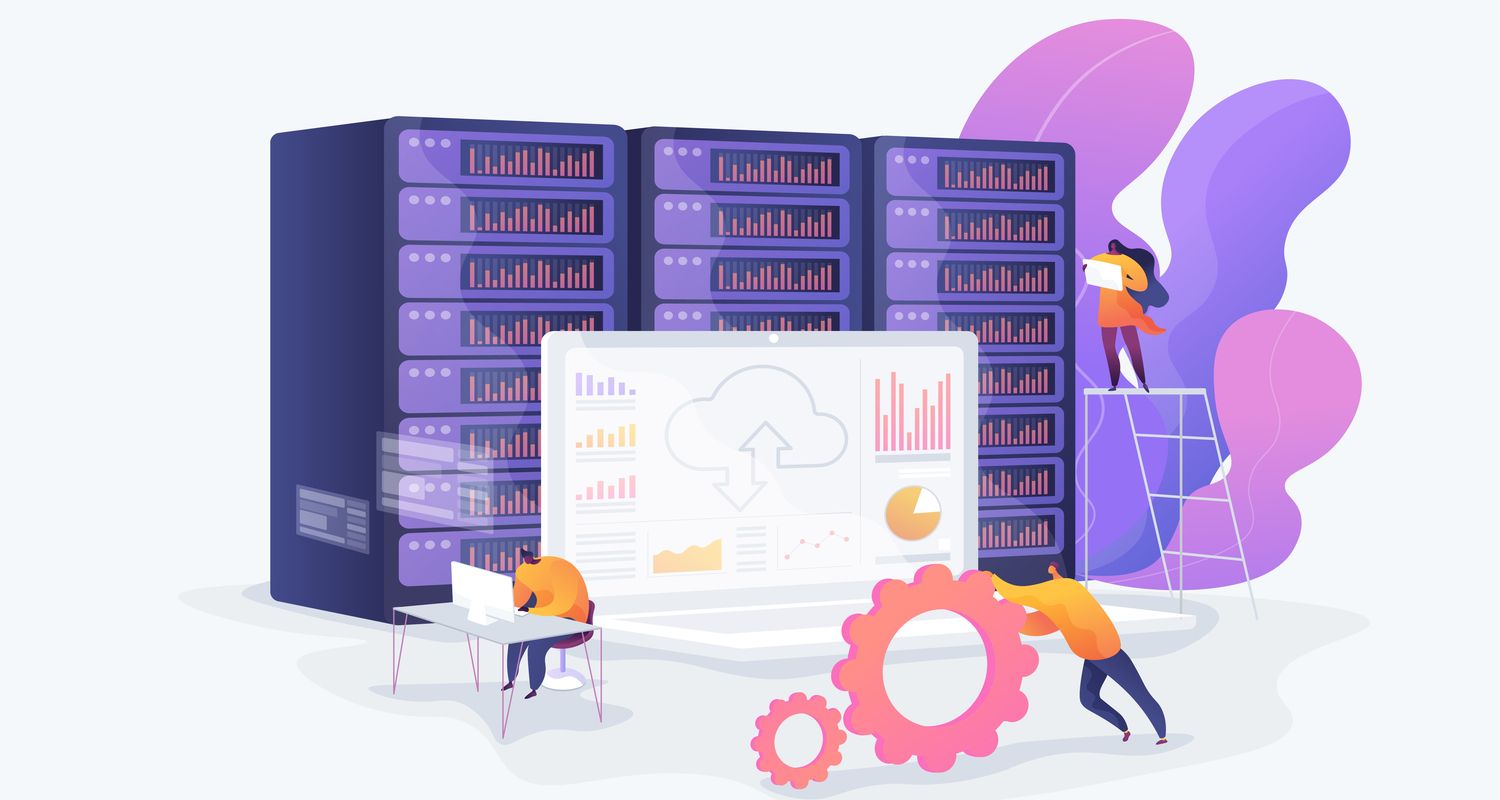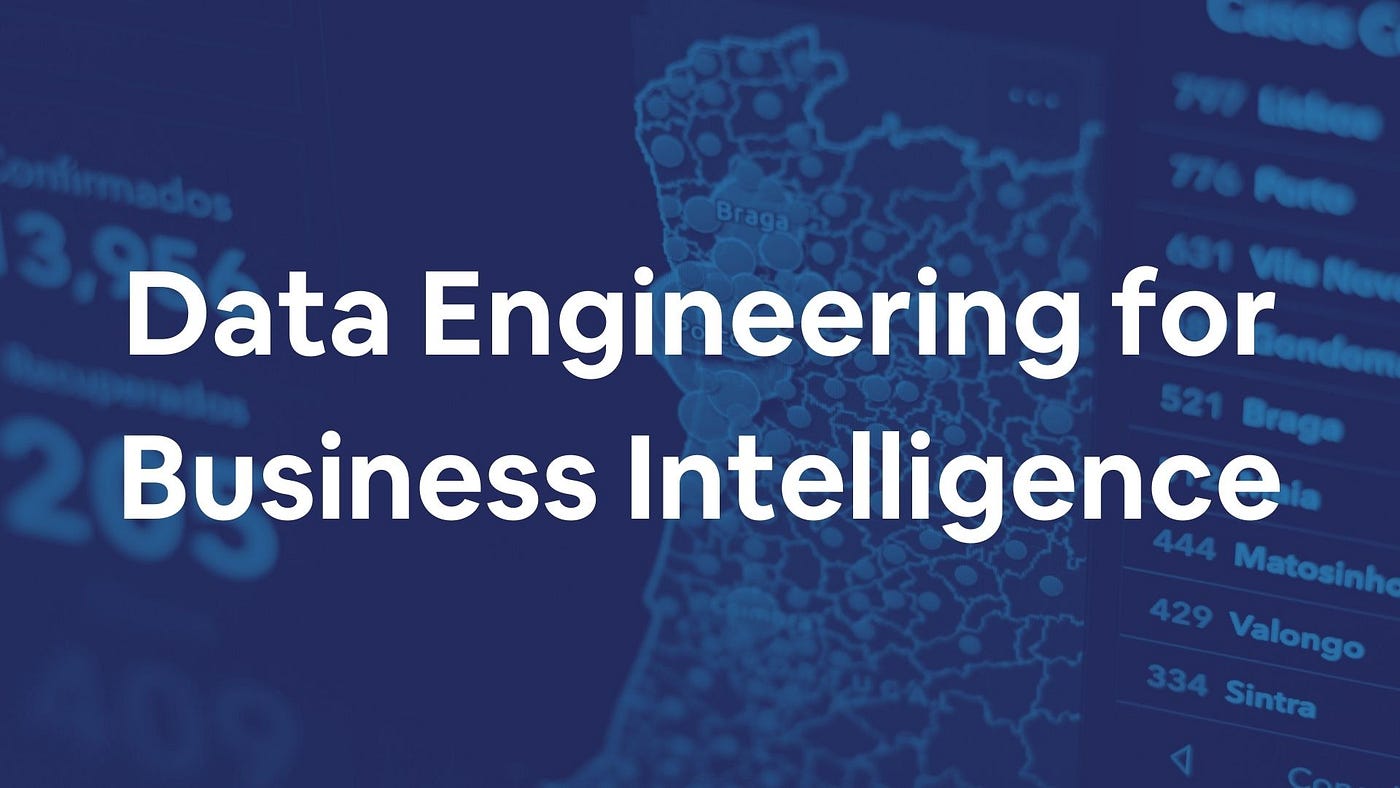Data Engineering Tools and Technologies: A Comprehensive Guide
Published

Which tools and technologies are essential for data engineering?

Those : springboard.com
There are several key tools and technologies commonly used in data engineering. This includes:
Extract, Transform, and Load (ETL) tools: ETL tools are used to extract data from various sources, transform it into a format suitable for analysis, and load it into a data warehouse or other target system.
Data Integration Tools: Data integration tools are used to integrate data from different sources such as: B. from databases, files and cloud-based systems.
Data warehousing tools: Data warehousing tools are used to store and manage large amounts of data for analysis and reporting purposes.
Big data technologies: Big data technologies such as Some technologies, such as Hadoop and Spark, are used to process and analyze large amounts of data that cannot be managed using traditional technologies.
Data quality tools: Data quality tools are used to ensure that data is accurate, complete, and consistent, and to detect and correct data quality issues.
Data Modeling Tools: Data modeling tools are used to create a representation of data that is used in analysis.
Business Intelligence Tools: Business intelligence tools are used to create reports, dashboards, and visualizations that help users understand and analyze data.
Cloud-based technologies: Cloud-based technologies, such as Amazon Web Services (AWS) and Microsoft Azure, are used to support data engineering processes in cloud-based environments.
These key tools and technologies can be used in various combinations to support the entire data engineering lifecycle, from data extraction and integration to analysis and reporting.
How do data engineering tools and technologies differ from traditional data processing tools?

Those : maryville.edu
Data engineering tools and technologies differ from traditional data processing tools in several key ways.
First, traditional data processing tools typically focus on processing and analyzing data within a single application or system, while data engineering tools and technologies are designed to work with, integrate data from multiple sources and store it in a central location.
Second, traditional data processing tools often require significant manual effort to extract, transform, and load data, while data engineering tools and technologies automate many of these processes, making them more efficient and scalable.
Third, data engineering tools and technologies are often designed to work with big data, which is characterized by large volumes, high speed and great variety, while traditional data processing tools may not be able to handle the scale and complexity of Dealing with big data.
Finally, data engineering tools and technologies are typically more flexible and modular than traditional data processing tools, allowing users to select and configure the tools and technologies that best suit their specific needs and requirements.
While traditional data processing tools focus on processing and analyzing data within a single application or system, data engineering tools and technologies are designed to process, integrate and store data from different sources in a central location to make them more accessible and usable for analysis and reporting.
What are the benefits of using data engineering tools and technologies?

Those : datacamp.com
The use of data engineering tools and technologies offers numerous advantages. Here are some of the most important of them:
Improved data quality: Data engineering tools and technologies can help improve data quality by automating processes such as data validation, cleansing and enrichment, and identifying and correcting data quality issues.
Increased Efficiency: Data engineering tools and technologies automate many of the processes associated with data integration, processing, and analysis, which can significantly increase efficiency and reduce the time and effort required to manage and analyze data.
Scalability: Data engineering tools and technologies are designed to work with large amounts of data, making it easier to manage and analyze large data sets that might be difficult to process using traditional tools.
Better data management: Data engineering tools and technologies enable better data management by providing a central location for storing and managing data, enforcing data quality standards, and ensuring that only authorized users have access to the data.
Improved decision-making: Data engineering tools and technologies enable faster, more accurate decision-making by giving users easy access to high-quality, timely data that can be analyzed and visualized in real-time.
Flexibility: Data engineering tools and technologies are highly flexible and modular, i.e. H. users can select and configure the tools and technologies that best suit their specific needs and requirements.
Overall, the use of data engineering tools and technologies can help companies improve data quality, increase efficiency, scale their data processing capabilities, ensure better data governance, and make more informed and faster decisions.
How do you choose the right data engineering tools and technologies for your business?

Those : coursera.org
Choosing the right data engineering tools and technologies for your business can be a difficult task. Below are some factors to consider when choosing the right tools:
Business needs: Consider the specific needs of your business, including the size and complexity of your data, the types of data sources you work with, and the specific tasks you need to perform, such as: B. Data integration, transformation and analysis.
Scalability: Consider whether the tools you're considering can scale to handle larger amounts of data as your business grows.
Compatibility: Make sure the tools you choose are compatible with the existing systems and applications in your organization.
Ease of use: Pay attention to the ease of use of the tools and whether they require specific technical knowledge to use them effectively.
Cost: Consider the cost of the tools, including any license or subscription fees, as well as the cost of any required hardware or infrastructure.
Integration: Consider how easily the tools integrate with other systems and applications in your organization.
Support: Consider the level of support the vendor or community offers for the tools you are considering.
Security: Consider the security features of the tools and whether they meet your organization's security needs.
Future needs: Consider how the tools you choose can support your company's future needs, such as: B. expanding to new data sources or supporting new types of analysis.
When choosing the right data engineering tools and technologies for your organization, you must carefully consider your business needs, scalability, compatibility, ease of use, cost, integration, support, security, and future requirements. Taking these factors into account, you can choose the tools that best meet your company's needs.
What are the latest trends in data processing tools and technologies?

Those : forbes.com
Below are some of the latest trends in data engineering tools and technologies:
Cloud-based data engineering: Cloud-based data engineering platforms are becoming increasingly popular. They enable companies to store and process large amounts of data in the cloud, reducing the need for on-premises infrastructure.
Automation: Automation is a growing trend in data engineering, with tools and technologies that can automate processes such as data ingestion, cleansing, transformation, and quality control.
Machine learning: Machine learning is increasingly being used in data engineering to automate tasks such as data matching, deduplication and classification and reduce the need for manual intervention.
Real-time data processing: Real-time data processing is becoming increasingly important in data technology. Technologies that can process large amounts of data in real time enable faster decisions.
Serverless computing: Serverless computing is a growing trend in computing that allows companies to run code without the need to manage servers or infrastructure, reducing costs and increasing scalability.
DataOps: DataOps is a new approach to data engineering that emphasizes collaboration, automation, and continuous delivery, helping companies improve the quality and reliability of their data pipelines.
Low-code/no-code platforms: Low-code/no-code platforms are becoming increasingly common in data engineering, enabling users with little or no coding experience to build and manage data pipelines.
Overall, the latest trends in data engineering tools and technologies reflect a growing importance of automation, real-time processing, cloud-based infrastructure and collaboration, enabling companies to manage and analyze their data more effectively.
How can data engineering tools and technologies be integrated into existing systems?
Integrating data engineering tools and technologies into existing systems can be a complex task, but there are some steps you can take to ensure a smooth integration process:
Identify the existing systems: Start by identifying the systems that need to be integrated with the new data engineering tools and technologies. This can include databases, data warehouses, data lakes and other data management systems.
Define the data flows: Define the data flows between the existing systems and the new data engineering tools and technologies. This ensures that data is transferred correctly and efficiently.
Determine the integration approach: There are different integration approaches, e.g. B. Point-to-point, ETL and API based integrations. Weigh the pros and cons of each approach and choose the one that best meets your company's needs.
Select integration tools: Select the integration tools to integrate the new data engineering tools and technologies with the existing systems. This can be middleware, APIs, connectors or other integration tools.
Implement the integration: Once the integration approach and tools are selected, begin the integration process by configuring the new data engineering tools and technologies to work with the existing systems.
Test and Validate: Test the integration thoroughly to ensure that data is transferred correctly and efficiently between systems. Validate the data to ensure it is accurate and consistent.
Monitor and maintain: Once the integration is complete, monitor the systems to ensure they are functioning properly. Perform maintenance tasks as necessary to ensure the integration continues to function smoothly.
Overall, integrating data engineering tools and technologies into existing systems requires careful planning, coordination and testing. By following these steps, you can ensure a successful integration process that allows your company to effectively manage and analyze its data.








